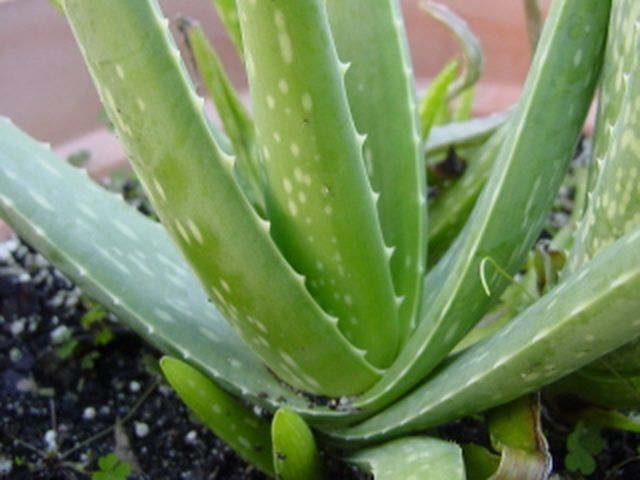Bulbs
Flower Basics
Flower Beds & Specialty Gardens
Flower Garden
Garden Furniture
Garden Gnomes
Garden Seeds
Garden Sheds
Garden Statues
Garden Tools & Supplies
Gardening Basics
Green & Organic
Groundcovers & Vines
Growing Annuals
Growing Basil
Growing Beans
Growing Berries
Growing Blueberries
Growing Cactus
Growing Corn
Growing Cotton
Growing Edibles
Growing Flowers
Growing Garlic
Growing Grapes
Growing Grass
Growing Herbs
Growing Jasmine
Growing Mint
Growing Mushrooms
Orchids
Growing Peanuts
Growing Perennials
Growing Plants
Growing Rosemary
Growing Roses
Growing Strawberries
Growing Sunflowers
Growing Thyme
Growing Tomatoes
Growing Tulips
Growing Vegetables
Herb Basics
Herb Garden
Indoor Growing
Landscaping Basics
Landscaping Patios
Landscaping Plants
Landscaping Shrubs
Landscaping Trees
Landscaping Walks & Pathways
Lawn Basics
Lawn Maintenance
Lawn Mowers
Lawn Ornaments
Lawn Planting
Lawn Tools
Outdoor Growing
Overall Landscape Planning
Pests, Weeds & Problems
Plant Basics
Rock Garden
Rose Garden
Shrubs
Soil
Specialty Gardens
Trees
Vegetable Garden
Yard Maintenance
How to Grow Aloe Vera Indoors
How to Grow Aloe Vera Indoors. Aloe vera is an undemanding plant that is easy to grow indoors. As a houseplant, it offers the added bonus of providing its healing gel all year round. A succulent, it can tolerate some neglect and spring back from setbacks that would kill a less-hardy plant. Its gray-green leaves are fleshy and firm, and it makes a...

Aloe vera is an undemanding plant that is easy to grow indoors. As a houseplant, it offers the added bonus of providing its healing gel all year round. A succulent, it can tolerate some neglect and spring back from setbacks that would kill a less-hardy plant. Its gray-green leaves are fleshy and firm, and it makes a good contrast to more delicate houseplants like ferns, African violets and spider plants.
Things You'll Need
Cactus potting mix
Pot with drainage hole
Sunny window
Marbles, pebbles or pot shards
Select aloe vera plants that have firm, upright leaves with smooth skin.
Repot aloe vera plants each spring. During warm-weather months, they can grow rapidly.
Provide aloe vera plants with loose, sandy soil. Cactus potting mix (or a mixture of 2 parts sand to 1 part potting soil) will work well.
Select a pot with good drainage. Fill it 1/3 full with marbles, pebbles or potshards.
Fill the pot 2/3 full with potting mix and introduce the plant.
Cover the plant to the crown with soil. Pat the soil in place.
Water the newly potted aloe vera and place it in a sunny window. Windows with a southern exposure provide the strong light that aloe vera needs.
Water aloe vera during the summer months only when the pot gets dry. Observe the dirt closely and wait until it starts to pull away from the side of the pot before you water. During the winter, aloe vera requires very little water. A good watering once every two to three weeks is plenty.
Harvest aloe vera leaves to treat burns by cutting off a small, exterior leaf at the base of the plant and slicing it lengthwise. Peel the leaf outward, revealing the gel inside.
Tips & Warnings
For the best results, place aloe vera outdoors for a few weeks in late spring to late summer each year. Introduce the plant to the outdoors by placing it in a protected spot for a few hours on a mild day, increasing the outdoor time over a week to 10 days.
If you place aloe vera outdoors in the summer, bring it in well before the first frost.
Never let aloe vera plants sit in water. They are very susceptible to root rot.
Should aloe vera be exposed to frost, don't throw it out without giving it a chance to recover. The leaves will wilt and start to liquefy, then fall off. But sometimes, if the damage isn't too severe, a new set of leaves will start to grow from the base of the plant. The plant is very unsightly for a few months, but will occasionally survive.